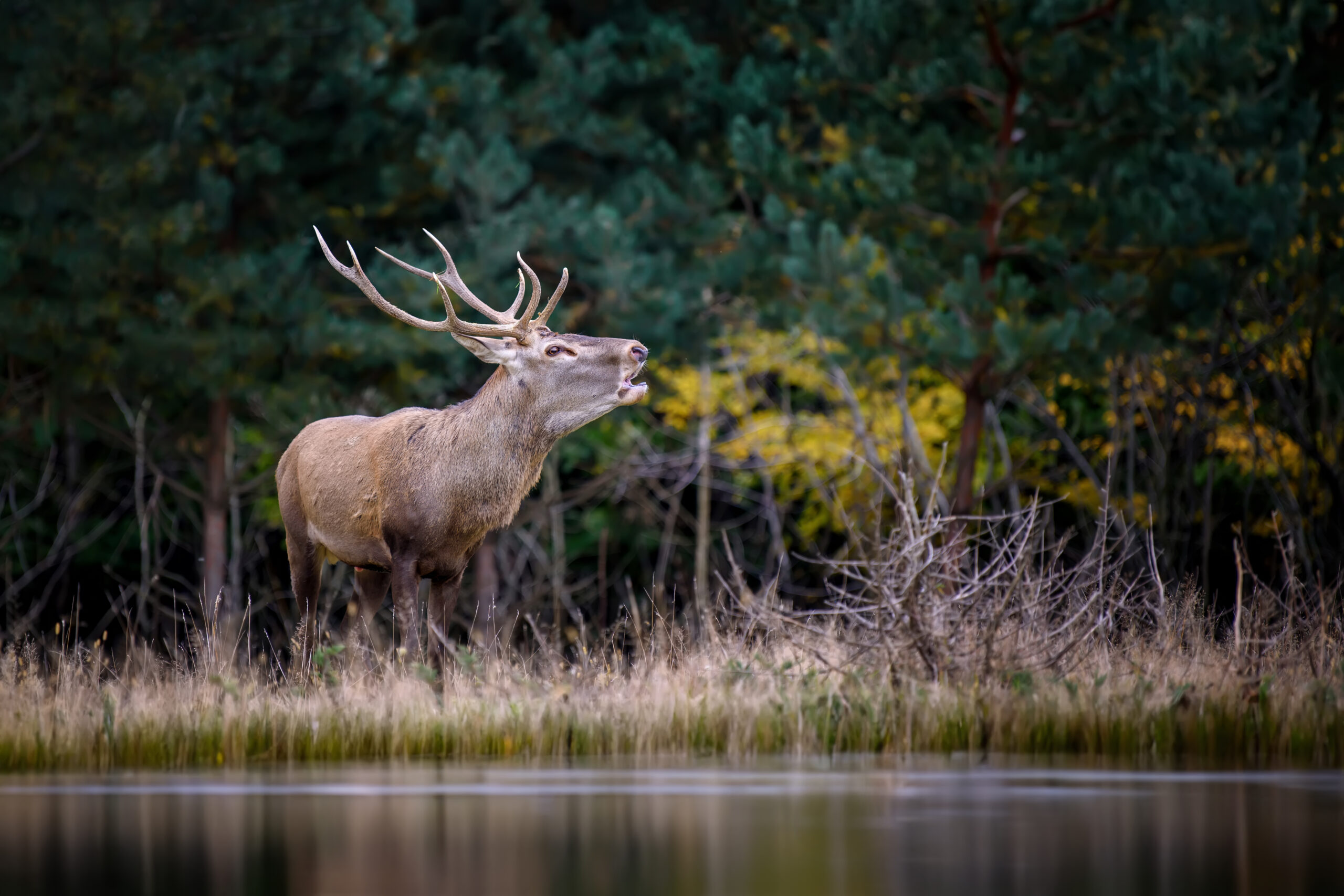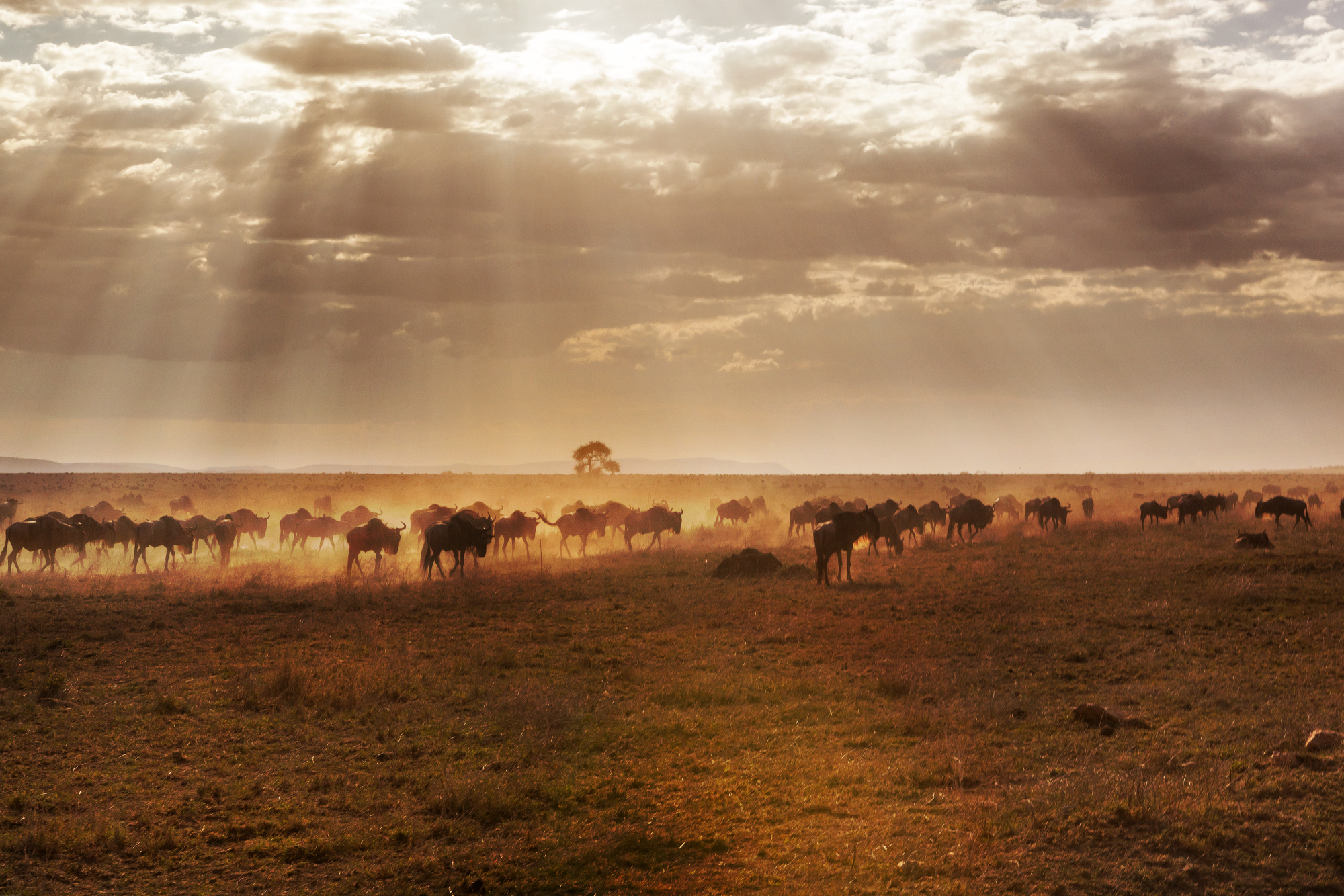Spain’s National Parks are grappling with wild ungulate overpopulation, including red deer, Iberian ibex and wild boar, which threatens biodiversity, agriculture and public safety. These species are vital for ecosystem health—supporting nutrient cycles and tourism—but historical habitat fragmentation and predator loss have allowed their numbers to surge. Since a 2020 hunting ban in national parks, only non-commercial culling and live-trapping are permitted, leading to higher management costs and logistical hurdles. Overabundance has degraded habitats, increased disease risk and heightened human-wildlife conflict. Parks employ various methods—lethal (culling) and non-lethal (fencing, contraception, translocation)—but face public resistance, legal challenges and animal welfare concerns. Case studies from parks like Cabañeros and Guadarrama highlight the complexities and high costs of post-hunting ban management. Experts recommend integrated, science-based strategies with community involvement, transparent communication and reconsideration of regulated hunting outside parks to balance ecological health, public values and economic sustainability in ungulate conservation.

